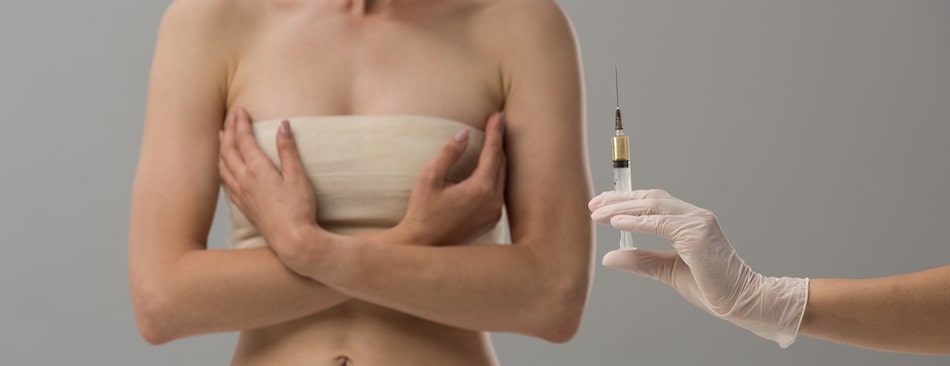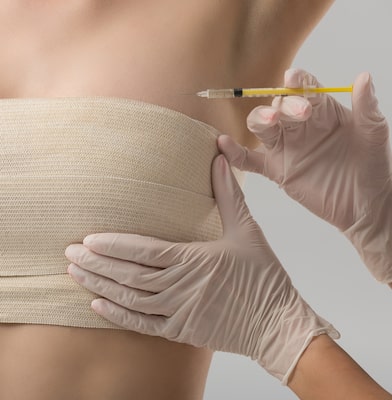
Once the breasts develop, you might not be happy with the size, appearance, and contour of the breasts. Anyone that is not happy with the look of their breasts can undergo breast augmentation and one of the most popular methods of increasing the size of the breasts is a fat transfer procedure. Instead of having breast implants placed in the body, fat grafting involves removing fat from one area of the body, through the use of liposuction, and then injecting it into the breasts to provide the desired size and shape to the breasts. Even though fat transfer is an overall safe procedure, there are some risks you need to know before you have fat transfer to augment the breasts.
Before you learn about the risks of the procedure, take a look as Cosmetic Town TV takes you behind the scenes of an actual breast augmentation procedure performed using fat transfer:
Some of the main risks of fat transfer for breast augmentation include:
Everyone has some amount of fat because it is a natural substance that is found in the human body. Since the fat comes from your own body, the fat that is transferred to the breasts will be treated by the body just like the other fat that is found in your body. That means your body will be able to reabsorb the fat that is placed in the breasts during a fat transfer procedure.
However, not all of the fat will be able to survive the fat transfer process which can make it difficult to the obtain the exact results that you desire. The initial results can be larger and fuller until the body finishes absorbing some of the transferred fat. Once the absorbed fat has left the treated area, the actual increase in size will be visible. In order to compensate for the amount of fat that is reabsorbed by the body, you can have an additional fat transfer procedure but there will still be a risk for fat necrosis, infection, and fat reabsorption.
 In addition to the main risks discussed earlier in this article, some of the other risks of the procedure include an adverse reaction to anesthesia, numbness, headaches, and blurry vision.
In addition to the main risks discussed earlier in this article, some of the other risks of the procedure include an adverse reaction to anesthesia, numbness, headaches, and blurry vision.
You will need to have a consultation appointment with your surgeon to make sure you understand the benefits and risks of the process in order to make an informed decision about undergoing a fat transfer procedure. It is also your chance to ask any questions you have on your mind and address any concerns you might have about the treatment.
Despite the risks discussed above, fat transfer for breast augmentation remains popular as it provides results that are natural in appearance. Plus, the breasts maintain a natural feeling once the healing process is completed. You will be able to enjoy an increased size and improved aesthetic appearance to the breasts as well as a slimmer look to the part of the body where liposuction was performed.
- MA